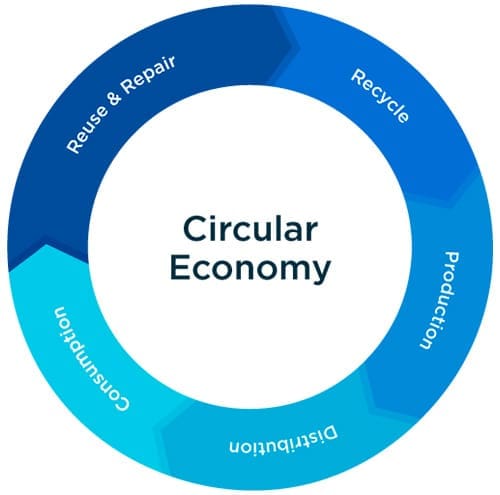IT teams at small, medium, large and enterprise organizations aren’t strangers to the amount of hardware needed to support day-to-day operations. But what happens to unused, decommissioned or retired IT hardware? It’s not as simple as tossing the equipment in the trash or recycling bin — this is when IT Asset Disposition (ITAD) comes into play.
What does ITAD stand for?
ITAD is an industry term used for IT Asset Disposition. This practice includes safe and responsible disposal of unused or unwanted IT equipment. When disposing of IT hardware, organizations must consider the security and environmental impacts. ITAD ensures that company data is wiped safely and properly destroyed or recycled. Companies can handle ITAD services in-house or work alongside an ITAD provider, depending on their needs.
What IT assets can be recycled through ITAD services?
Almost any device can be recycled through ITAD, including servers, storage, computers, smartphones, tablets, etc.
Why is ITAD important?
As technology evolves, so does business demand and hardware requirements. As you can imagine, the reliance on electronics has dramatically impacted our environment through increased e-waste. When IT equipment enters landfills, it can harm the surrounding environment due to toxins, including mercury, lead, lithium and more. In addition to safeguarding our environment, ITAD has several other benefits.
Limits the amount of IT equipment and e-waste entering landfills
There are several ways ITAD businesses ensure equipment stays out of landfills. Instead of disposing of all IT hardware, trained technicians remove and refurbish used parts of systems whenever possible. If certain devices can’t be refurbished, ITAD vendors will responsibly recycle equipment and verify devices aren’t sent to landfills.
Supports a circular economy
The circular economy model encourages using materials and products for as long as possible. Reusing, repairing, refurbishing and extending the life of products reduces waste and unnecessary production of new materials. In some cases, ITAD companies may refurbish or reuse hardware that’s in good condition, further supporting the circular economy.

Protects against security vulnerabilities and data breaches
ITAD providers follow specific regulations to ensure secure data destruction on decommissioned IT equipment is properly removed and destroyed. If critical data isn’t erased due to industry standards, there’s potential for identity theft or data breaches. The failure to properly destroy data can cost companies money, time and resources in the long run.
Assists with transportation and logistics
ITAD vendors typically handle the logistics of transporting your equipment from one location to another, redirecting the time spent managing the migration.
What to look for in an ITAD partner
Since the ITAD process is complex, multi-faceted and often includes sensitive information, you’ll want to verify the following to select a reliable and secure provider:
- Demonstrated track record and client testimonials
- Appropriate accreditations and certifications, such as R2 and ISO
- Compliance with industry standards and security regulations
- Ability to customize services to meet your specific needs
- Transparency with its disposal and recycling processes
- Properly trained and certified field engineers and technicians
Partnering with a reputable ITAD vendor will protect your organization for potential threats, help you advance sustainability goals and promote a circular economy.
Topics:




